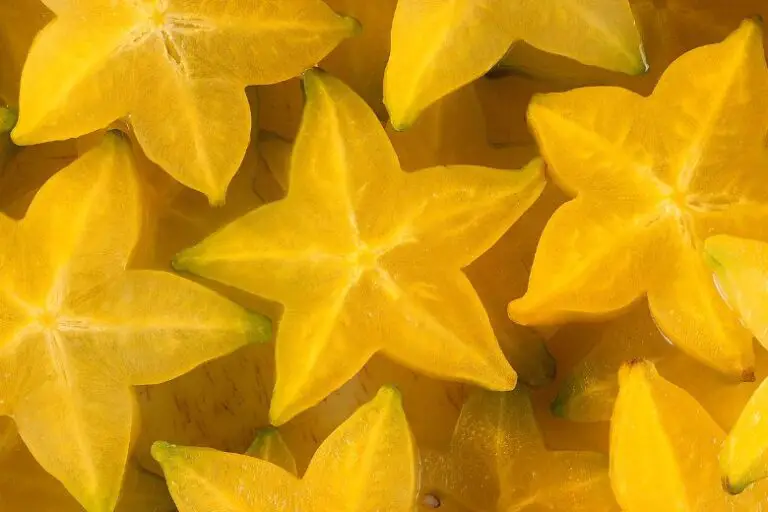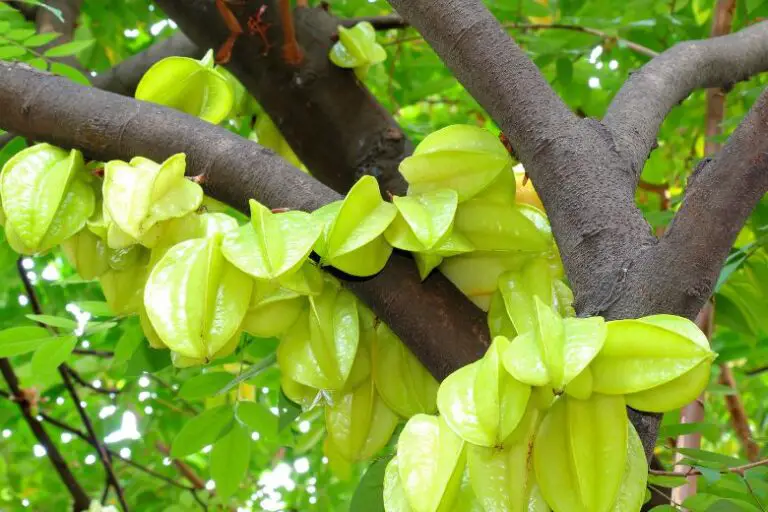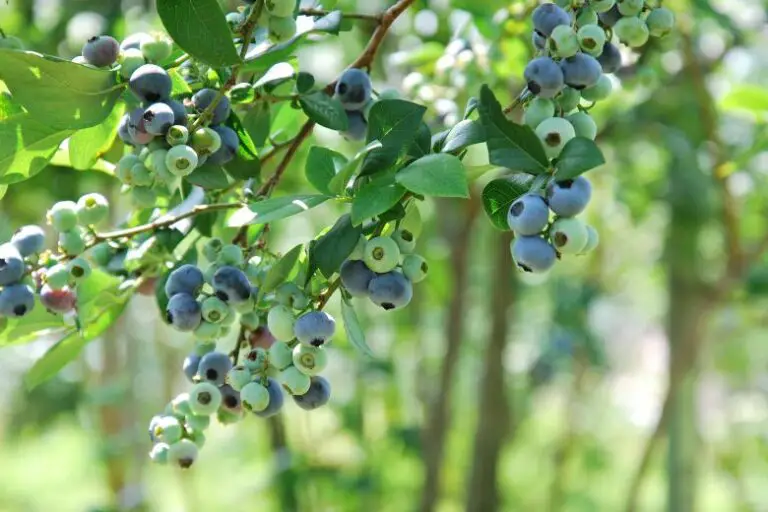Are All Strawberry Plants Perennials
Strawberries are delicious and nutritious fruits that many people enjoy. If you’re a strawberry enthusiast and want to grow your own strawberries, you may be wondering whether all strawberry plants are perennials.
In this article, we will explore the fascinating world of strawberry plants and discuss their lifespan, growth habits, and other essential factors. By the end, you’ll have a clear understanding of the perennial nature of strawberry plants and valuable insights on growing them successfully.
Understanding Perennial Plants
Before diving into the specifics of strawberry plants, let’s take a moment to understand what perennial plants are. Perennial plants are those that live for more than two years. Unlike annual plants that complete their life cycle in a single growing season, perennials have the ability to regrow and bloom for multiple years under favorable conditions. This characteristic makes perennial plants an attractive choice for gardeners seeking long-term yields and sustainable gardening practices.
What Are Strawberry Plants?
Strawberry plants, scientifically known as Fragaria, are herbaceous perennials that belong to the Rosaceae family. These plants are renowned for their juicy, red fruits, which are not only tasty but also packed with vitamins, minerals, and antioxidants. Strawberry plants feature a low-growing habit with clusters of white flowers that eventually develop into the delectable strawberries we all love.
Different Types of Strawberry Plants
There are various types of strawberry plants, each with its unique characteristics and growing habits. Let’s explore the three main types:
June-Bearing Strawberries
June-bearing strawberries are the most common type of strawberry plants. As the name suggests, they produce a bountiful harvest of berries in late spring to early summer. These plants typically bear fruit for about two to three weeks, providing a concentrated yield during this period. June-bearing strawberries are ideal for making preserves, jams, and enjoying fresh during the harvest season.
Everbearing Strawberries
Everbearing strawberries, also known as day-neutral strawberries, have a longer fruiting period compared to June-bearing varieties. They produce multiple smaller harvests throughout the growing season, starting in late spring and continuing until the first frost. Everbearing strawberries are favored by gardeners who prefer a continuous supply of strawberries over an extended period.
Day-Neutral Strawberries
Day-neutral strawberries are similar to everbearing strawberries in terms of their fruiting habits. However, day-neutral varieties are more tolerant of temperature fluctuations and can produce fruit during both short and long days. This adaptability allows day-neutral strawberries to be grown successfully in various climates.
Perennial vs. Annual Strawberry Plants
Now, let’s address the question at hand: Are all strawberry plants perennials? The answer is yes and no. While strawberry plants are inherently perennial, there are also annual varieties available. The distinction lies in the specific types and growing practices. Let’s explore the key differences between perennial and annual strawberry plants.
Lifespan of Strawberry Plants
Perennial strawberry plants have the potential to live for multiple years. With proper care, they can continue to produce fruit for three to five years or even longer in some cases. On the other hand, annual strawberry plants are typically grown as a single-season crop. They complete their lifecycle within one year, from germination to fruit production, and then die off.
Growth and Reproduction
Perennial strawberry plants have a unique growth habit that involves the production of runners or stolons. These runners are long, horizontal stems that extend from the parent plant and develop new plantlets or daughter plants at their nodes. These daughter plants can be left connected to the parent plant or separated and replanted to establish new strawberry plants.
In contrast, annual strawberry plants primarily reproduce through seeds. After the fruiting season, the plants scatter seeds, and new plants can grow from those seeds under favorable conditions. However, the germination and growth process of annual strawberries may not be as reliable or efficient as perennial varieties.
Winter Care
Winter care is an essential consideration for strawberry plants, especially in regions with cold winters. Perennial strawberry plants require proper protection during the winter months to ensure their survival and continued productivity. This can involve techniques such as mulching, covering with straw or fabric, and providing adequate insulation.
Annual strawberry plants, being grown as a single-season crop, do not require specific winter care as they are replanted every year. However, if you save seeds from your annual strawberries, you can start new plants in the following growing season.
Benefits of Growing Perennial Strawberry Plants
Growing perennial strawberry plants offers several advantages for home gardeners. Let’s explore some of the benefits:
Cost-Effectiveness
By growing perennial strawberry plants, you can save money in the long run. Instead of purchasing new plants every year, you can establish a productive strawberry bed that continues to bear fruit for multiple seasons, reducing your expenses over time.
Convenience and Time-Saving
Perennial strawberry plants provide a convenient gardening experience. Once established, they require less effort and time compared to annual varieties. You won’t need to replant them every year, allowing you to focus on other garden tasks and enjoy the fruits of your labor.
Increased Yield
Due to their longer lifespan, perennial strawberry plants have the potential to produce higher yields over time. As the plants mature and develop more extensive root systems, they can support larger and more productive fruiting.
Healthier Plants
Perennial strawberry plants have the advantage of established root systems, which contribute to their overall health and vigor. These well-established plants are more resilient to stress factors, such as drought or disease, and have a higher chance of survival and successful fruiting.
Challenges of Growing Perennial Strawberry Plants
While there are many benefits to growing perennial strawberry plants, there are also some challenges to consider. Here are a few potential difficulties you may encounter:
Initial Investment
Establishing a perennial strawberry bed requires an initial investment of time, effort, and resources. You will need to prepare the soil, select and purchase quality plants or runners, and provide proper care during the early stages. However, the long-term benefits of a productive strawberry patch often outweigh the initial costs.
Disease and Pest Management
Strawberry plants can be susceptible to various diseases and pests, including fungal infections, viral diseases, and insect infestations. As a gardener, you’ll need to stay vigilant and implement appropriate disease and pest management strategies to protect your strawberry plants and ensure their long-term health.
Soil Maintenance
Strawberry plants thrive in well-draining soil that is rich in organic matter. Over time, the soil quality may deteriorate, requiring regular maintenance and amendment. You’ll need to monitor soil pH, fertility levels, and organic content to provide optimal growing conditions for your perennial strawberry plants.
Crop Rotation
To minimize the risk of disease buildup and maintain soil health, it’s advisable to practice crop rotation with strawberry plants. This means moving your strawberry bed to a different location in subsequent years, ideally with a three to four-year gap between strawberry plantings. Crop rotation helps break disease cycles and reduces the likelihood of soil-borne pathogens affecting your plants.
Tips for Growing Perennial Strawberry Plants
To ensure successful growth and abundant harvests from your perennial strawberry plants, consider the following tips:
Site Selection and Preparation
Choose a sunny location for your strawberry bed, as strawberries thrive in full sunlight. Ensure the soil is well-draining, loamy, and free from weeds and debris. Prepare the soil by removing any existing vegetation, loosening the soil with a garden fork or tiller, and incorporating organic matter such as compost or well-rotted manure.
Choosing the Right Varieties
Select strawberry varieties that are well-suited to your climate, growing conditions, and personal preferences. Consider factors such as fruit size, flavor, disease resistance, and fruiting season. Consult with local nurseries, gardening experts, or agricultural extension services to identify recommended varieties for your area.
Proper Planting Techniques
When planting strawberry plants, ensure that the crown (the point where the stems meet the roots) is level with the soil surface. Avoid planting too deep or too shallow, as this can hinder plant establishment and growth. Space the plants according to the recommended guidelines, typically around 12 to 18 inches apart in rows with 2 to 3 feet between rows.
Irrigation and Fertilization
Strawberry plants require consistent moisture throughout the growing season. Provide regular irrigation, aiming to keep the soil evenly moist but not waterlogged. Mulching around the plants can help retain soil moisture and suppress weeds. Additionally, apply balanced fertilizers or organic amendments as needed to provide the necessary nutrients for healthy plant growth.
Weed Control and Mulching
Weeds can compete with strawberry plants for nutrients, water, and sunlight. Implement effective weed control measures, such as regular cultivation or hand weeding, to keep the strawberry bed weed-free. Applying a layer of mulch, such as straw or wood chips, can further suppress weed growth and help maintain soil moisture.
Pruning and Runner Management
To maintain plant vigor and encourage optimal fruit production, prune strawberry plants as needed. Remove any dead or damaged foliage and trim back runners to prevent overcrowding. You can also selectively propagate new plants from runners to expand your strawberry patch or share with other gardeners.
Pest and Disease Prevention
Monitor your strawberry plants regularly for signs of pests or diseases. Take preventive measures, such as practicing good sanitation, using physical barriers, and employing organic pest control methods when necessary. Promptly remove and destroy any infected or infested plant material to prevent the spread of diseases.
Harvesting and Storage
Harvest your strawberries when they are fully ripe, bright red, and fragrant. Gently pluck the berries from the plants, taking care not to damage the delicate fruit. Consume freshly picked strawberries promptly or store them in the refrigerator for short-term use. Alternatively, you can freeze or preserve strawberries to enjoy their delicious flavor throughout the year.
Conclusion
In conclusion, strawberry plants are predominantly perennial, with the potential to live for multiple years under proper care. While annual strawberry varieties exist, perennial strawberry plants offer long-term benefits such as cost-effectiveness, convenience, increased yield, and healthier plants. Growing perennial strawberries does come with challenges, including an initial investment, disease and pest management, soil maintenance, and crop rotation. However, with the right techniques and attention, you can successfully cultivate a productive strawberry patch and enjoy the fruits of your labor for years to come.







